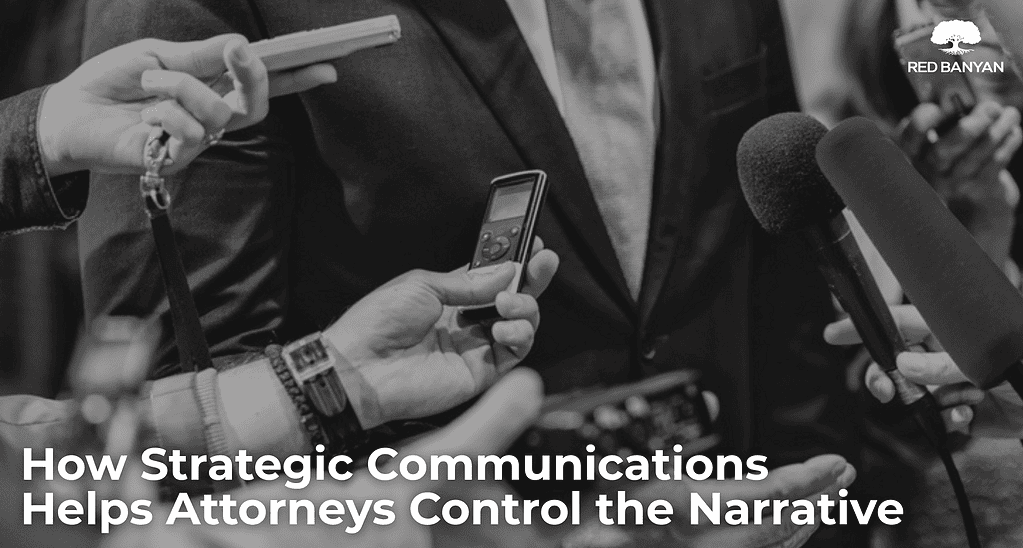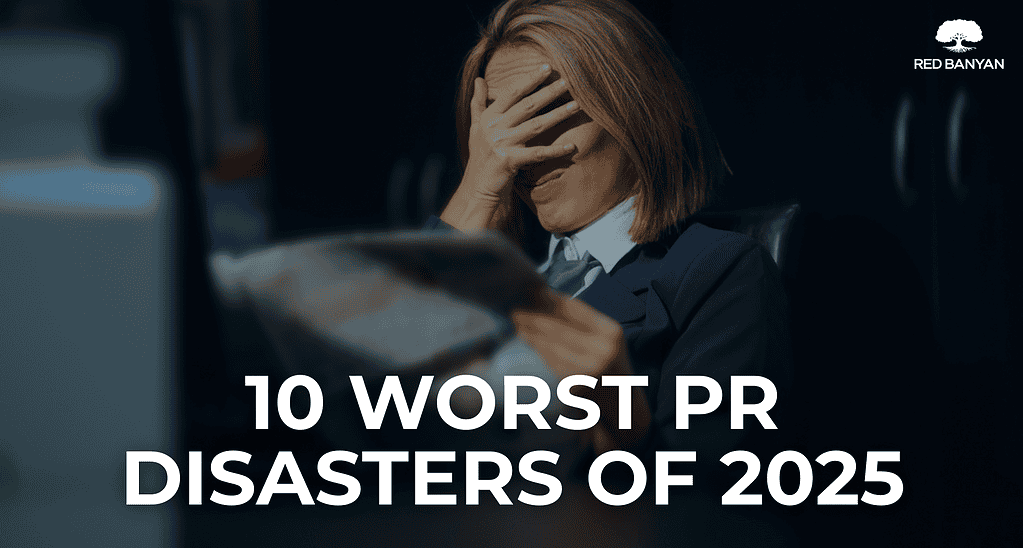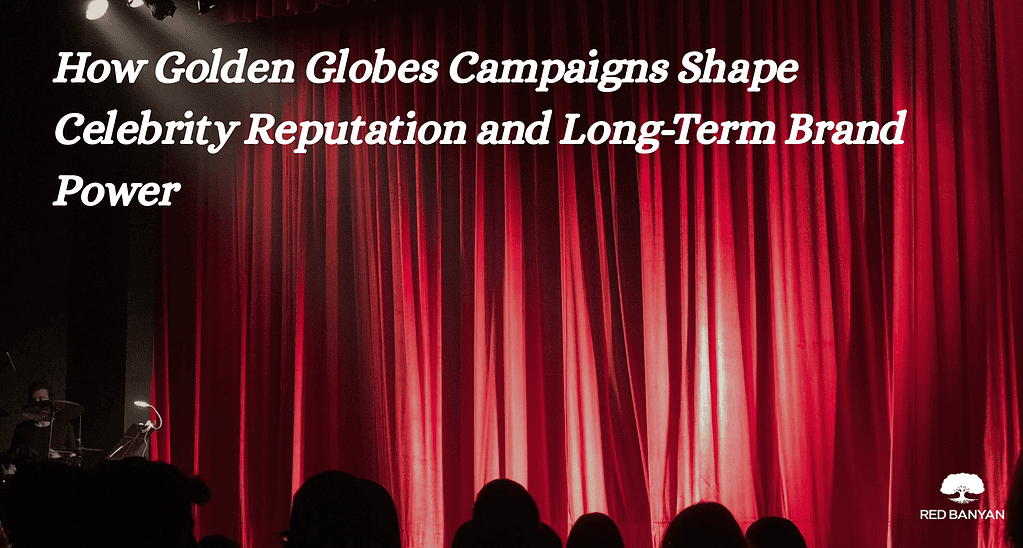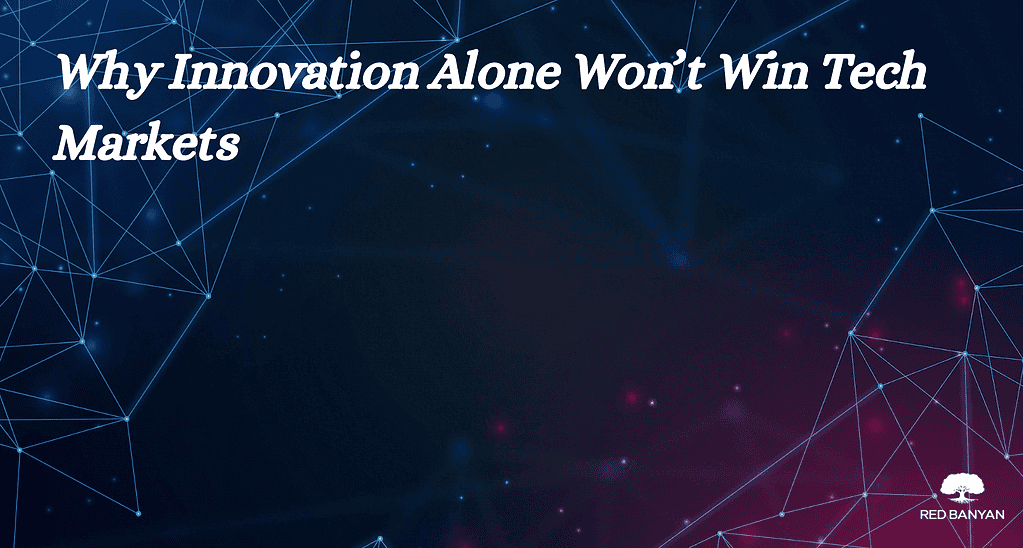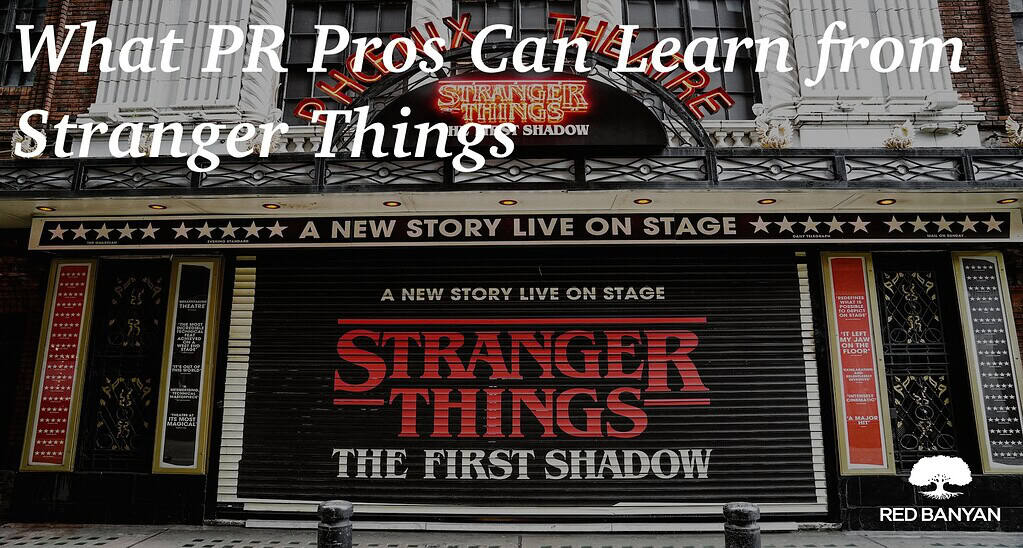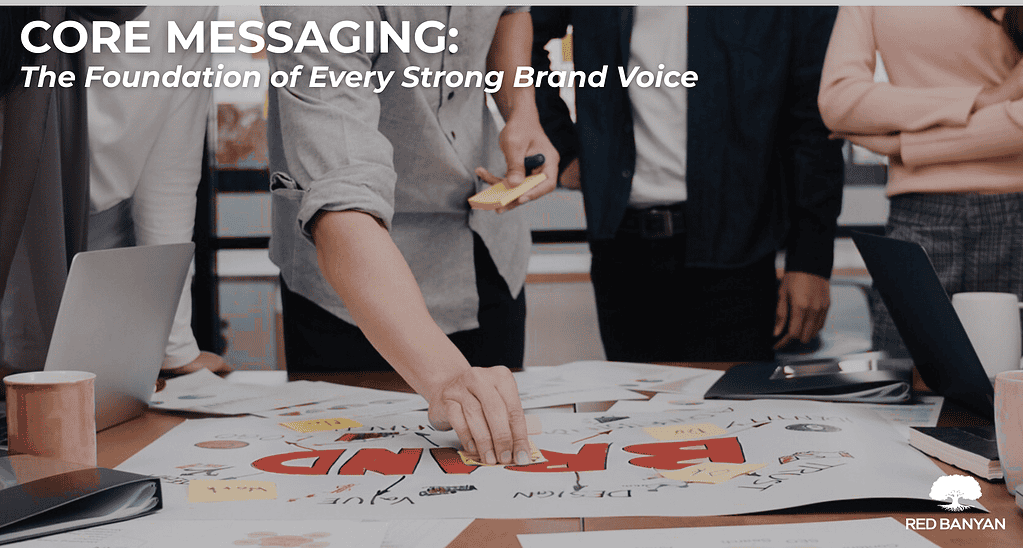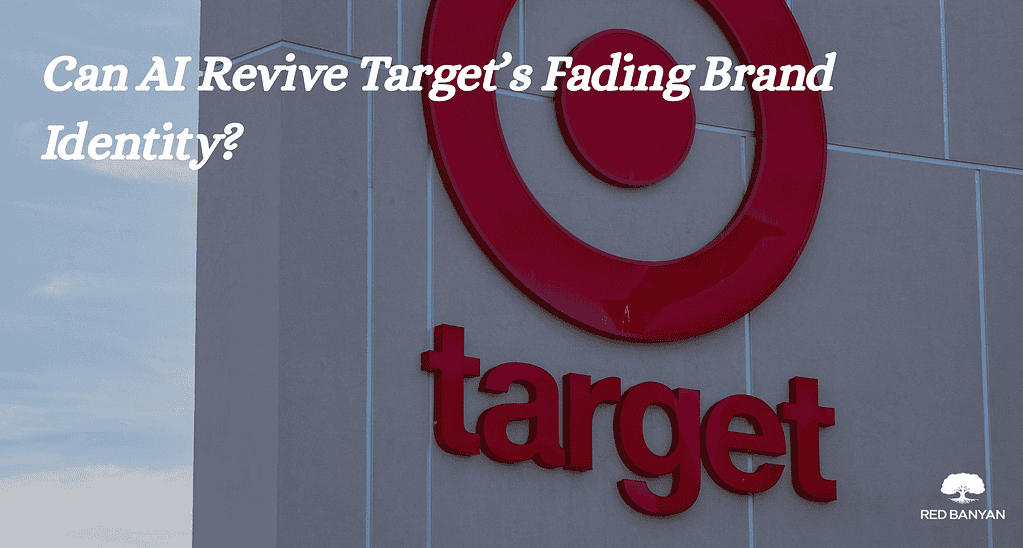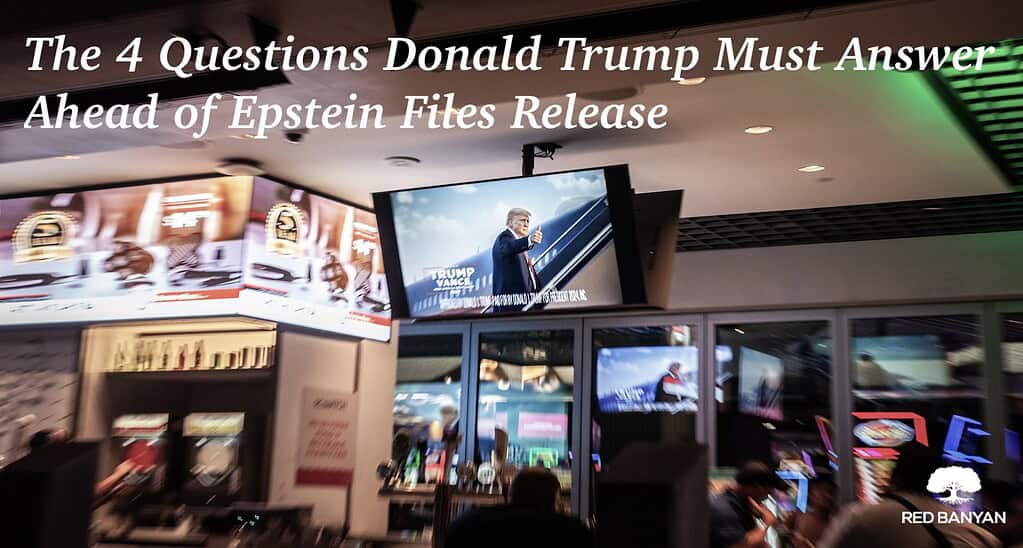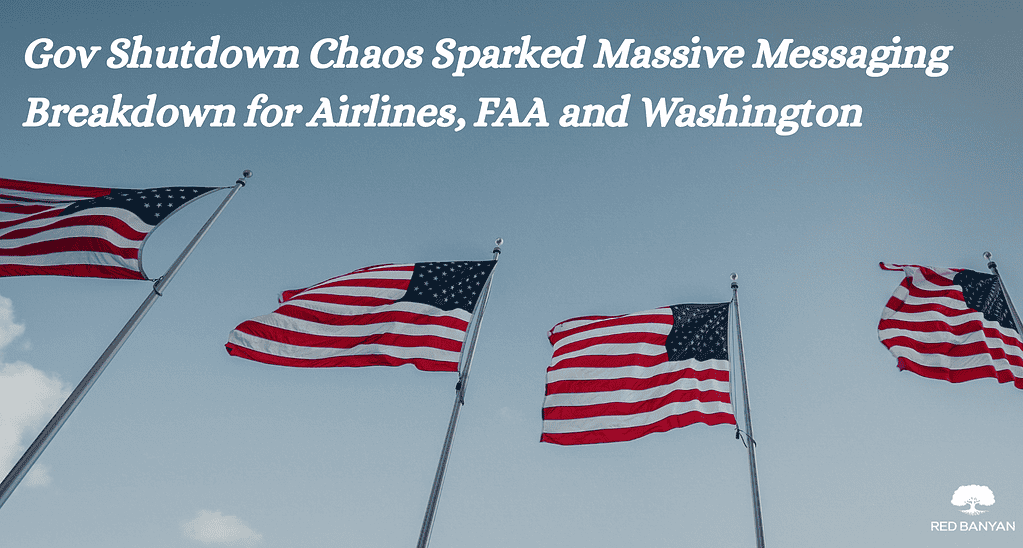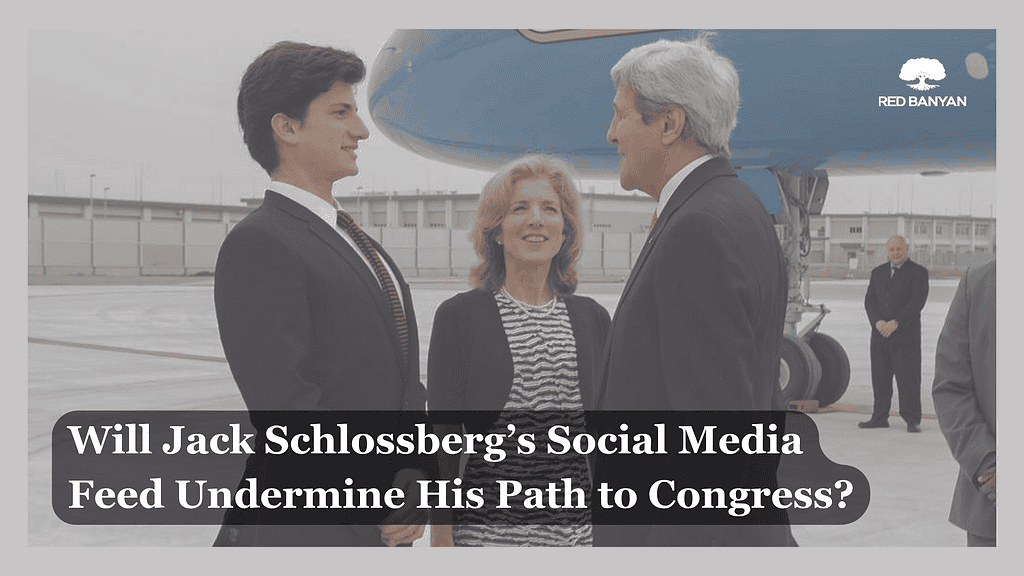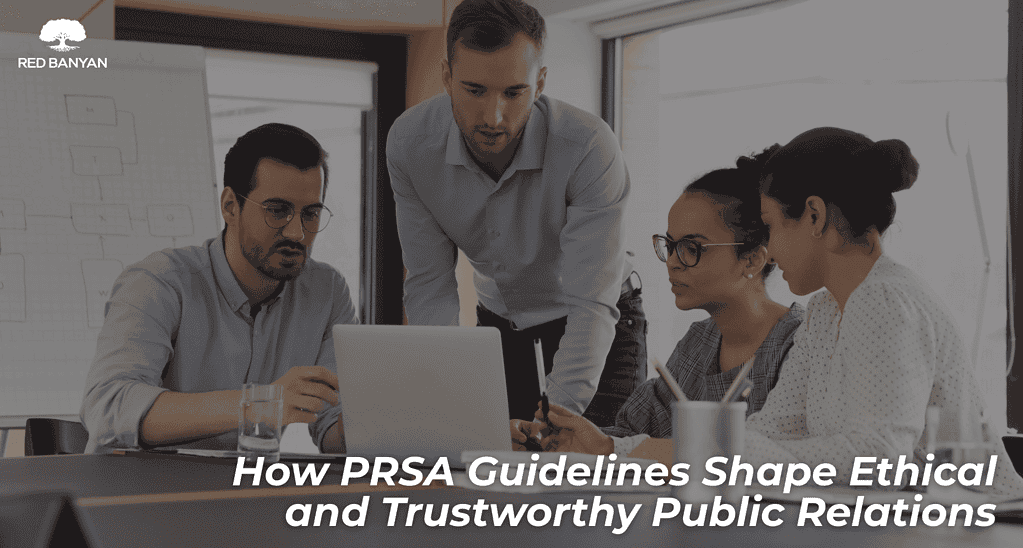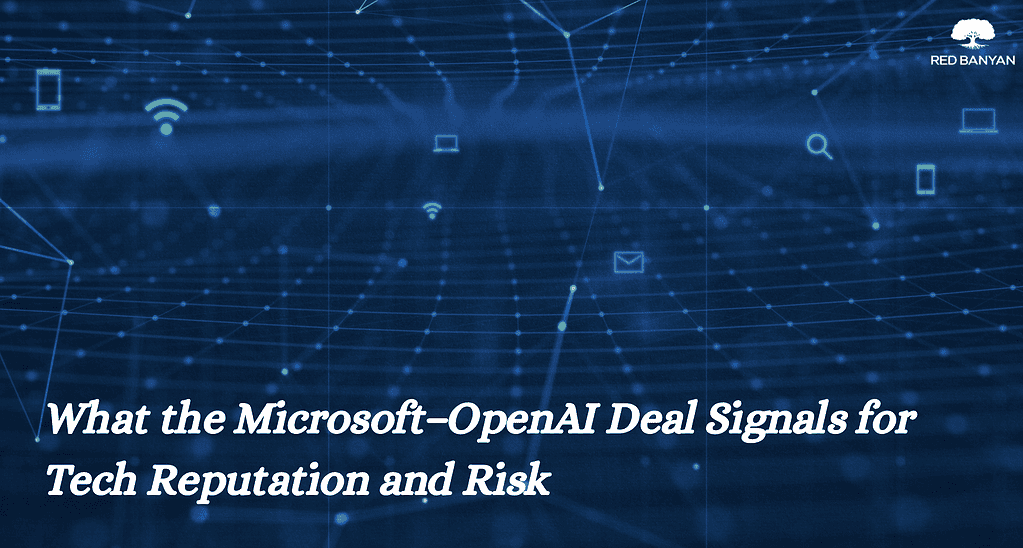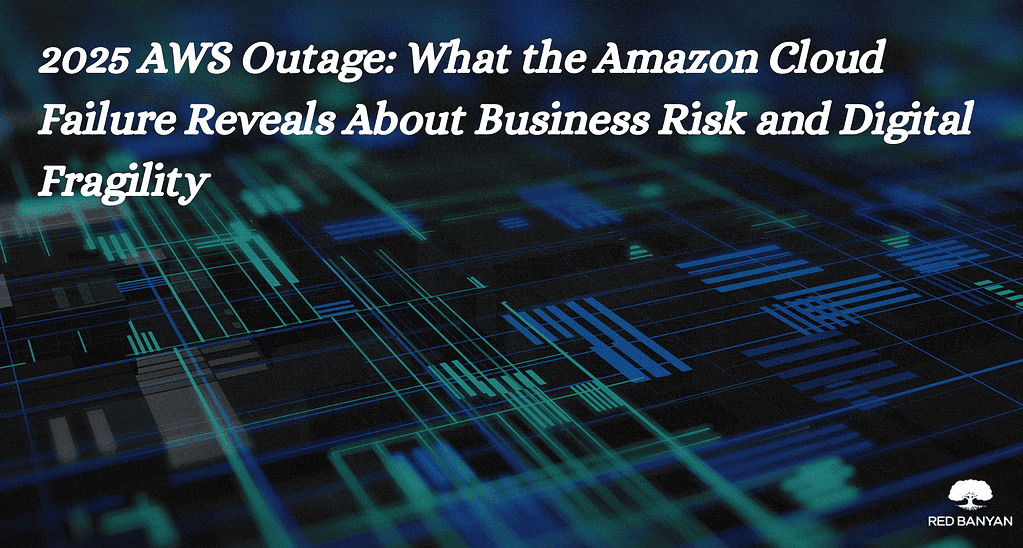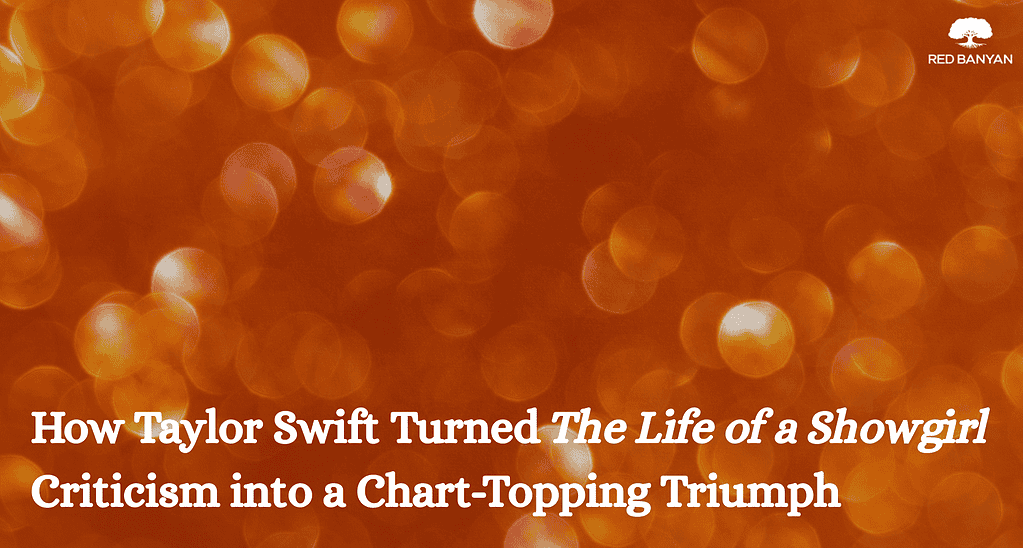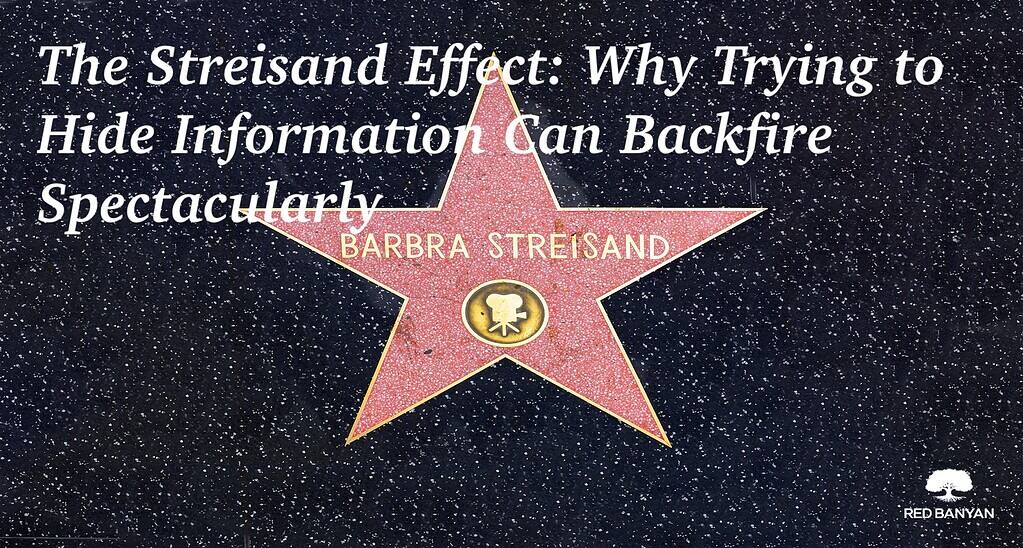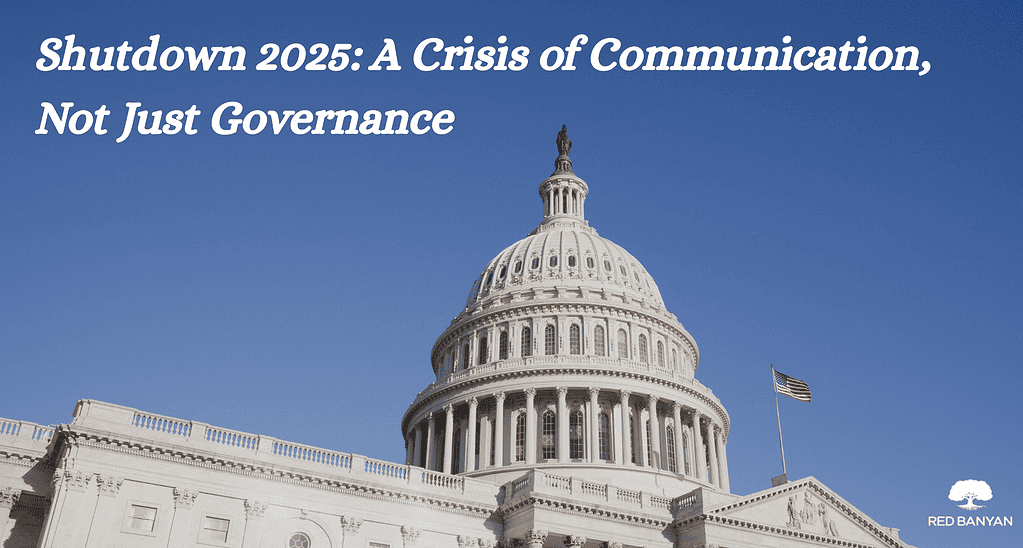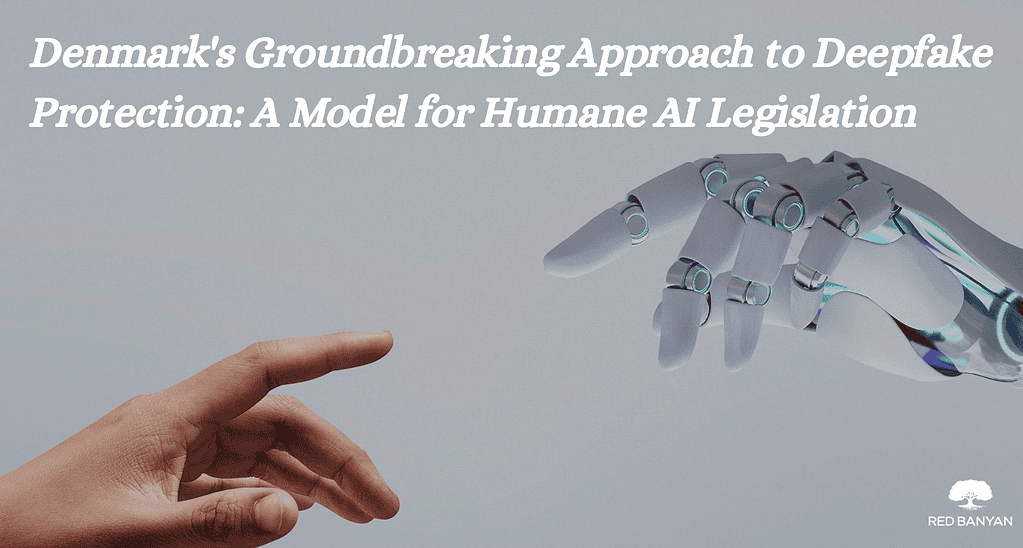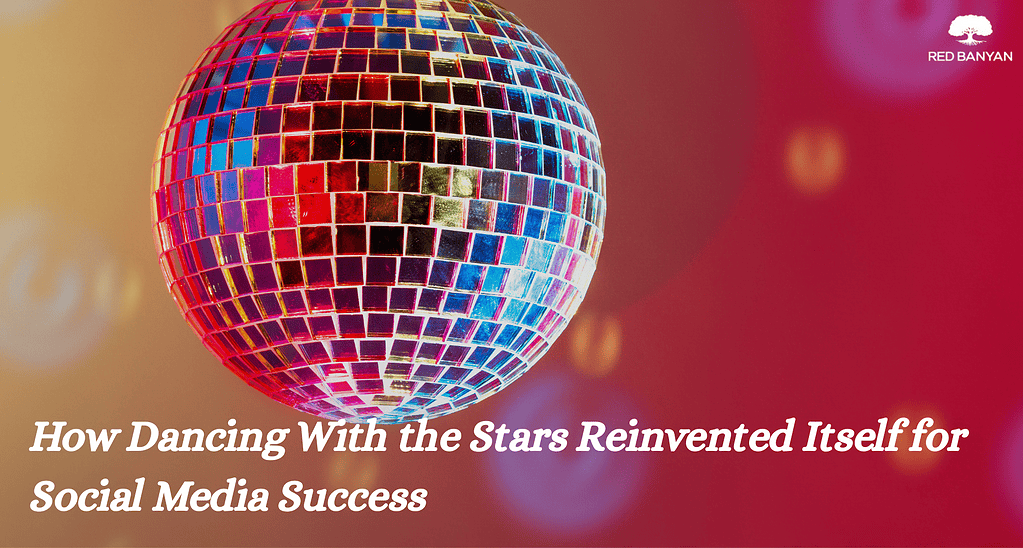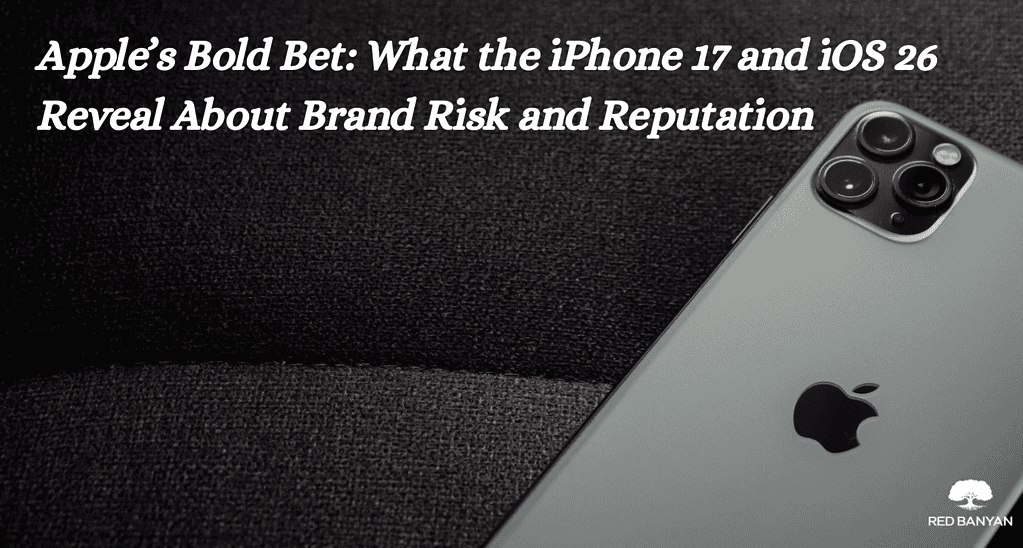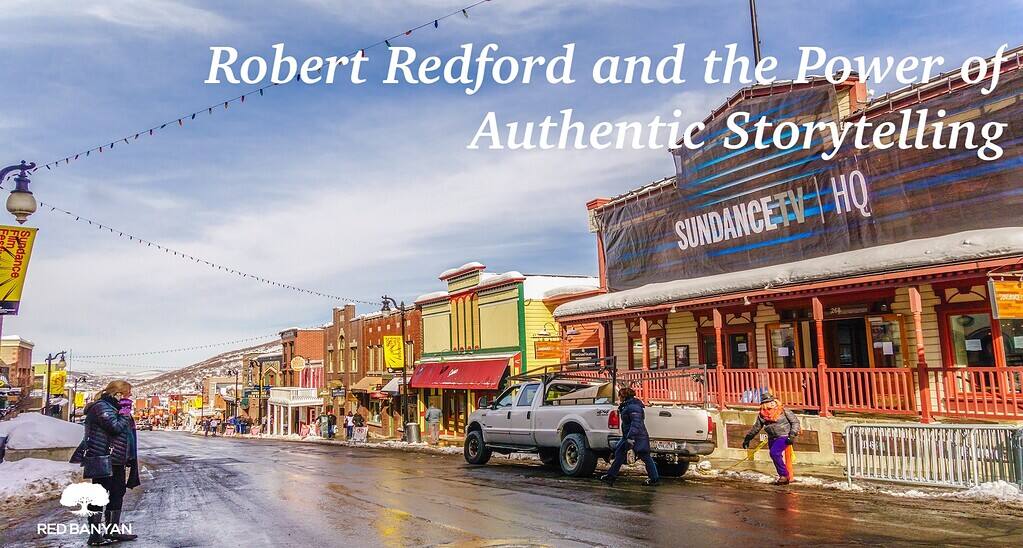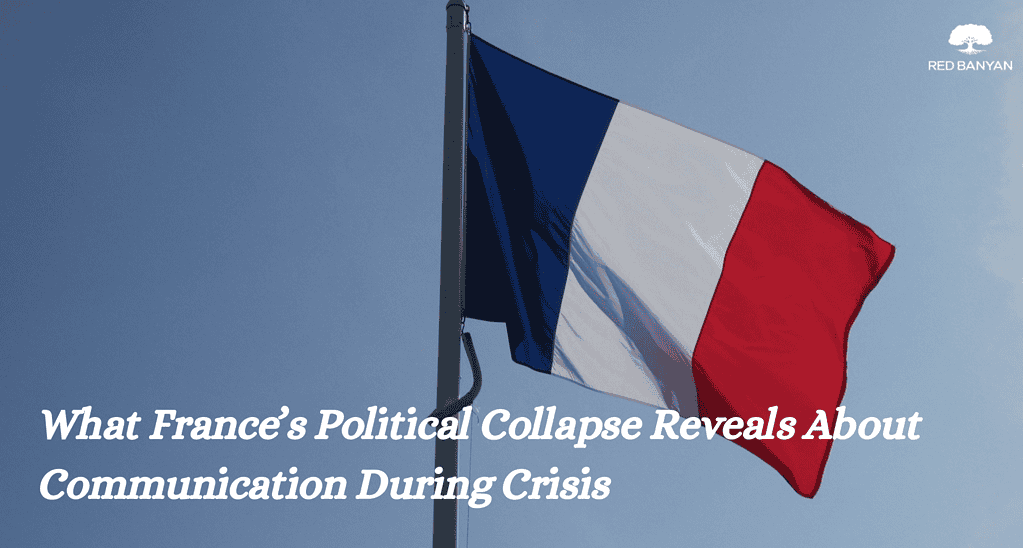Gap’s KATSEYE Campaign Goes Viral: A New Standard in PR Strategy
Gap’s Fall 2025 “Better in Denim” campaign, starring the global pop group KATSEYE, became an instant sensation, amassing millions of views across social media platforms. Featuring KATSEYE’s members, who are known for their individuality, cultural diversity, and unapologetic self-expression, the ad shows them wearing Gap’s iconic denim collection while dancing to Kelis’ “Milkshake.” This choice of song taps into the ongoing cultural trend of Y2K nostalgia, making the campaign culturally relevant to both Gen Z and millennials.
What made this campaign stand out wasn’t just the catchy song or stylish denim, it was the message behind it. In a time when brands are often criticized for being inauthentic or tone-deaf, Gap leaned into a clear and inclusive message that celebrated diversity, youth, and culture. KATSEYE’s inclusion wasn’t a superficial PR move; it was a meaningful representation of the brand’s commitment to authenticity and cultural sensitivity in marketing.
Authentic Representation Sets the Tone
Authenticity is key to building trust with modern audiences, and Gap nailed this with the KATSEYE campaign. By featuring KATSEYE, a global pop group known for their genuine self-expression and diverse backgrounds, Gap demonstrated its commitment to inclusivity, not as a marketing strategy, but as a core value. In a world where “representation matters,” Gap ensured that the faces in their campaign reflected the varied and rich backgrounds of their target audience. This authentic approach didn’t just attract a wide audience, it forged a deeper connection with consumers who value brands that stand for more than just selling products.
By embracing authentic representation, Gap reinforced that they aren’t just jumping on the bandwagon of diversity; they are leading the charge. The decision to partner with KATSEYE was strategic, but more importantly, it was rooted in the group’s genuine cultural impact and influence. In a time when inclusive marketing campaigns are critical, Gap showed how brands can build brand loyalty through culturally sensitive messaging that appeals to a diverse audience.
Tapping into Cultural Relevance: The Power of Nostalgia
Cultural relevance is crucial to a campaign’s success, and Gap expertly tapped into this with their use of “Milkshake” and Y2K-inspired fashion. The early 2000s are making a strong comeback in fashion, music, and pop culture, and Gap harnessed this nostalgia to create a campaign that felt instantly recognizable and culturally in sync. For both Gen Z and millennials, “Milkshake” is more than just a song, it’s a cultural touchstone that evokes memories of a distinct time in fashion and music.
This decision wasn’t just about bringing back an old track; it was about connecting emotionally with audiences through something they already loved. Music has always been a tool for evoking feelings, and by using a song that resonates with both older and younger generations, Gap ensured the campaign spoke to a wide demographic. This emotional connection boosted the campaign’s viral potential, making it not just a commercial but a moment in pop culture.
Incorporating nostalgia marketing in this way allowed Gap to create a cultural moment rather than just an ad. As younger audiences continue to engage with the past through social media and fashion, tapping into these cultural moments makes a significant impact. Gap’s approach is a prime example of how cultural relevance in advertising can transcend product marketing and tap into deeper emotional connections with consumers.
Proactive Messaging: Setting the Narrative from the Start
One of the standout aspects of Gap’s KATSEYE campaign is its proactive messaging. While many brands wait to respond to backlash or criticisms, Gap took charge by crafting a campaign that was unambiguous in its message. Preemptive PR is the new crisis management, and Gap understood this perfectly. Instead of releasing a campaign and waiting for potential criticisms, Gap leaned into positivity and inclusion from the start. The campaign’s tagline, “Better in Denim,” was simple, powerful, and impossible to misinterpret.
In a world where any message can be taken out of context, Gap controlled the narrative before any backlash could even begin. The campaign’s message of unity, self-expression, and cultural pride was clear and resonated with audiences who are increasingly looking for brands that align with their values. This proactive approach is the key takeaway for brands in today’s social media-driven world: don’t wait for the storm to hit. Instead, build your message carefully to avoid future PR pitfalls.
For brands looking to protect their reputation in a digital age, proactive messaging that clearly communicates values and authenticity is the best defense. Gap’s decision to create a culturally aware and inclusive campaign highlights how important it is to be ahead of the conversation, rather than reacting when things go wrong.
The Dangers of Reactive PR: A Lesson from American Eagle’s Misstep
The KATSEYE campaign contrasts sharply with another recent example of PR mismanagement: American Eagle’s campaign featuring actress Sydney Sweeney. The ad, which used the tagline “Sydney Sweeney has great jeans,” faced significant backlash after some critics deemed it racially insensitive. Despite the brand’s efforts to clarify their intent, the damage was already done. This misstep highlights how quickly social media backlash can escalate, and how essential it is for brands to craft messaging that resonates with their audience and avoids potential pitfalls from the outset.
Unlike Gap, which anticipated potential challenges and crafted a culturally sensitive campaign, American Eagle was forced to play defense, scrambling to clarify the narrative and protect their brand reputation. The takeaway here is simple: brands that respond reactively risk losing control of the conversation. American Eagle’s example underscores the importance of strategic planning and proactive messaging to prevent these kinds of issues before they arise.
The KATSEYE campaign serves as a textbook example of how proactive PR can not only prevent a potential crisis but also propel a brand into the spotlight. Preemptive PR isn’t just about avoiding mistakes, it’s about creating a message that is so positive, inclusive, and relevant that it naturally resonates with your audience. Gap didn’t wait for controversy to find them; they anticipated the challenges of today’s volatile media landscape and built a campaign that couldn’t easily be attacked.
For brand leaders navigating the complexities of modern PR, the KATSEYE campaign provides a valuable blueprint. It demonstrates that being authentic, culturally relevant, and proactive in your messaging can protect your brand and set you apart in a crowded market. In a world where social media can amplify even the smallest misstep, the best defense is not just a reaction, it’s a strategy that celebrates inclusivity, embraces cultural relevance, and anticipates the conversation before it begins.
In today’s fast-paced digital landscape, public relations and crisis communication firms like Red Banyan are essential for helping brands navigate visibility, manage media scrutiny, and execute real-time damage control, ensuring every move aligns with broader brand values.
If your organization needs expert guidance or is facing a reputational challenge, contact Red Banyan today to schedule a free consultation and take the first step toward strategic resolution.


